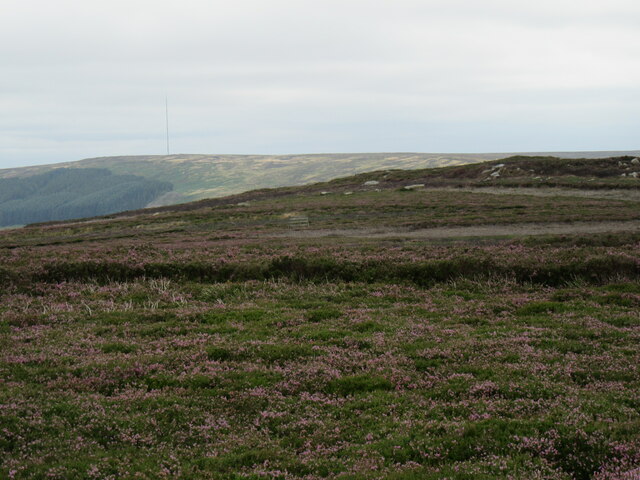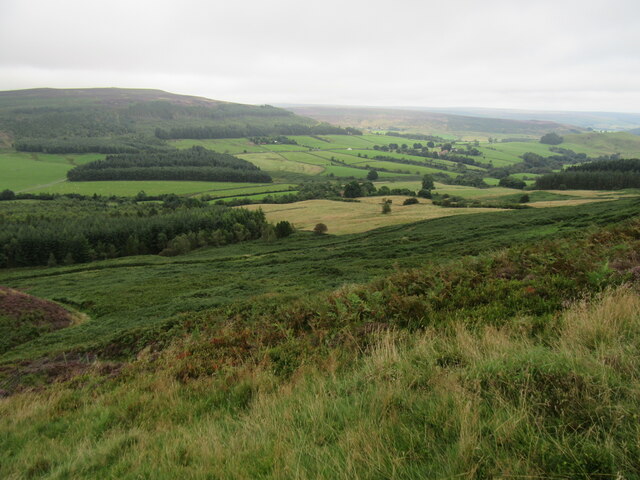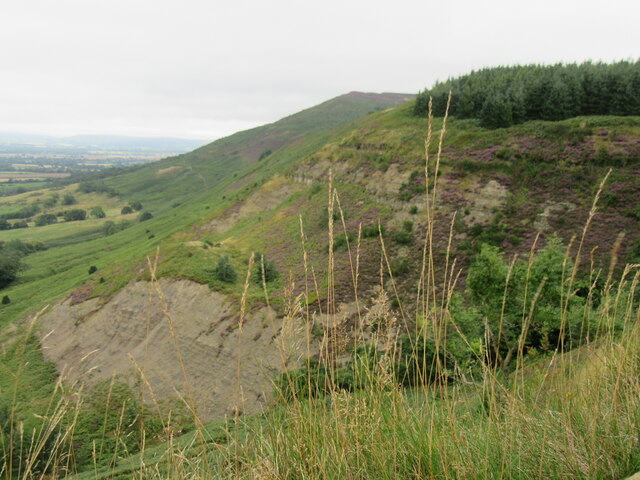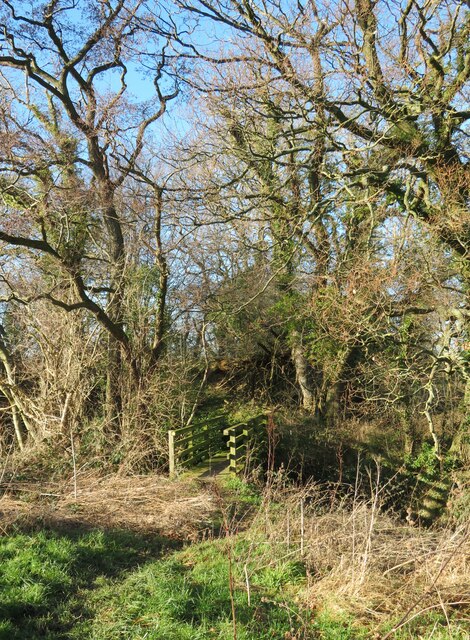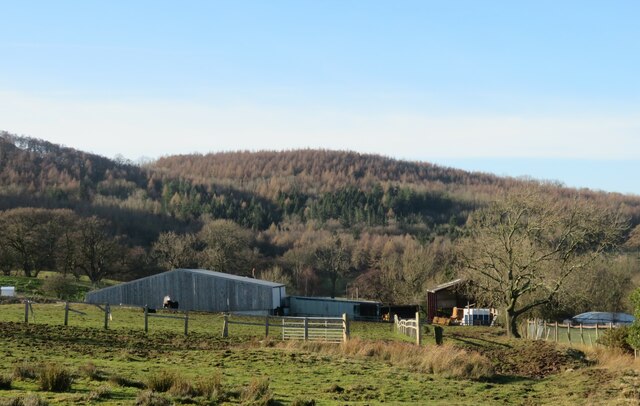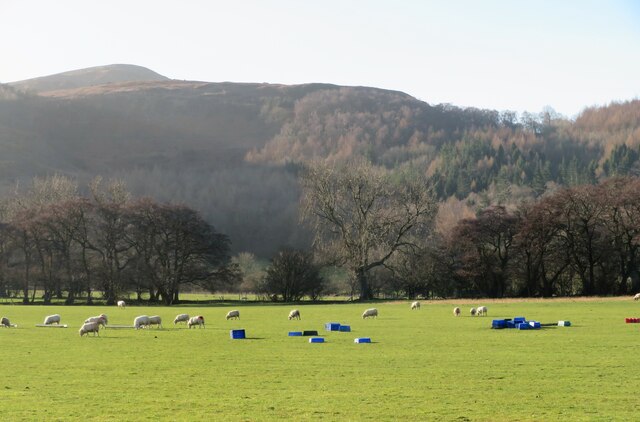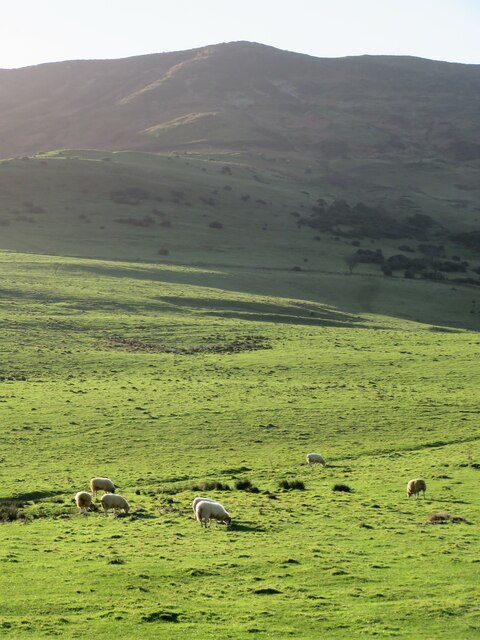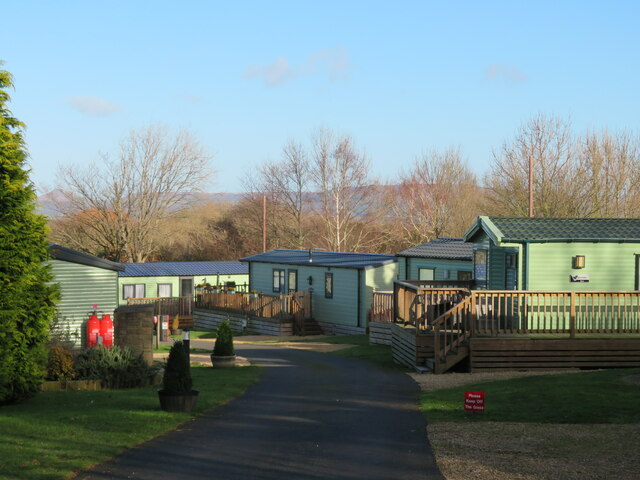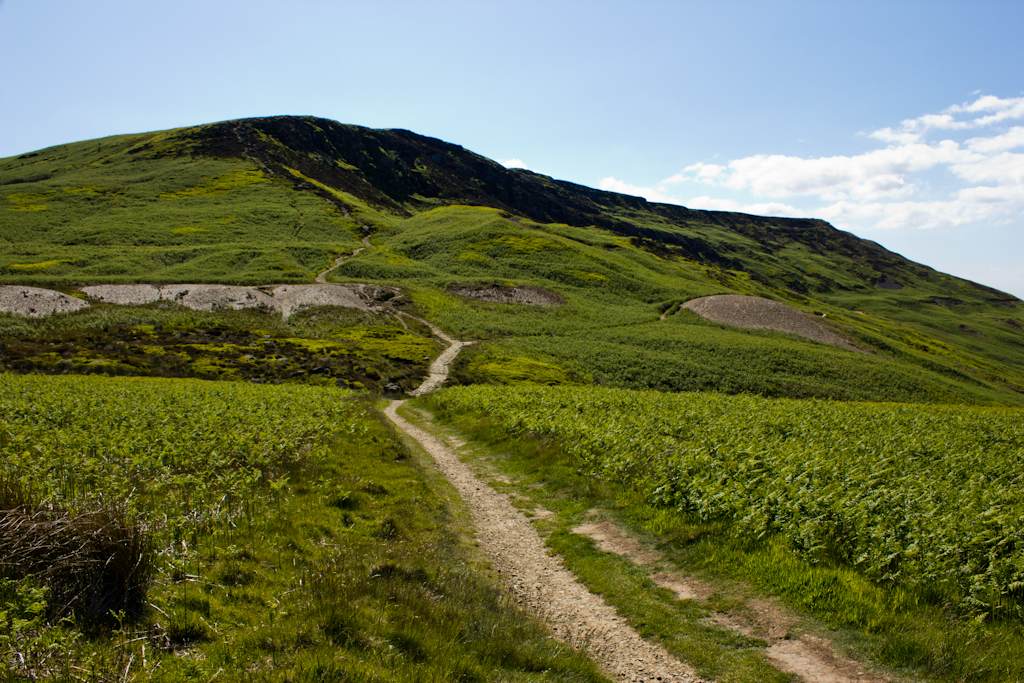Busby Moor
Downs, Moorland in Yorkshire Hambleton
England
Busby Moor
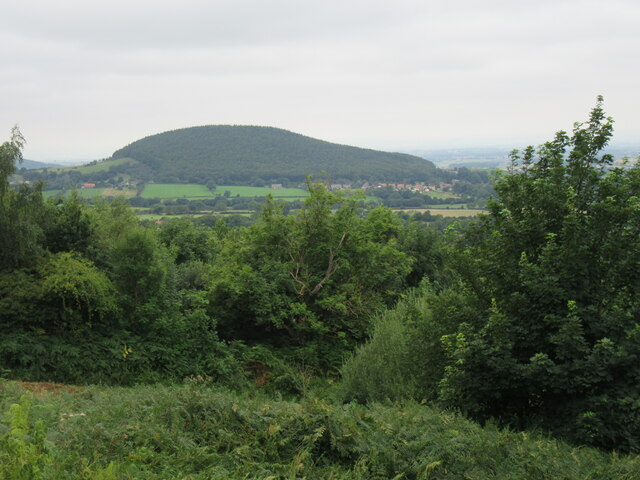
Busby Moor, located in Yorkshire, England, is a picturesque area encompassing both downs and moorland. Stretching across an approximate area of 10 square miles, it offers breathtaking views and diverse landscapes that attract visitors from far and wide.
The downs of Busby Moor are characterized by their gently rolling hills, covered in lush green grass and scattered with vibrant wildflowers during the summer months. This creates an idyllic setting for leisurely walks or picnics, allowing visitors to immerse themselves in the tranquility of the surrounding nature.
In contrast, the moorland of Busby Moor provides a more rugged and wild terrain. Here, visitors can find vast expanses of heather-covered moors, interspersed with rocky outcrops and small streams. This untamed landscape is home to a variety of flora and fauna, including rare bird species and unique plant life.
The area is also renowned for its historical significance. Busby Moor is home to ancient burial mounds and stone circles, evidence of human habitation dating back thousands of years. These archaeological sites provide insight into the lives and cultures of the early inhabitants of the region.
Furthermore, Busby Moor offers numerous recreational activities for visitors to enjoy. Hiking and walking trails crisscross the area, allowing for exploration and discovery of its natural beauty. Birdwatchers and nature enthusiasts will find ample opportunities to observe and appreciate the diverse wildlife that calls the moorland home.
In conclusion, Busby Moor, with its downs and moorland, is a captivating destination that showcases the beauty of Yorkshire's countryside. Its stunning landscapes, rich history, and recreational offerings make it a must-visit location for nature lovers and history enthusiasts alike.
If you have any feedback on the listing, please let us know in the comments section below.
Busby Moor Images
Images are sourced within 2km of 54.422737/-1.1878663 or Grid Reference NZ5203. Thanks to Geograph Open Source API. All images are credited.

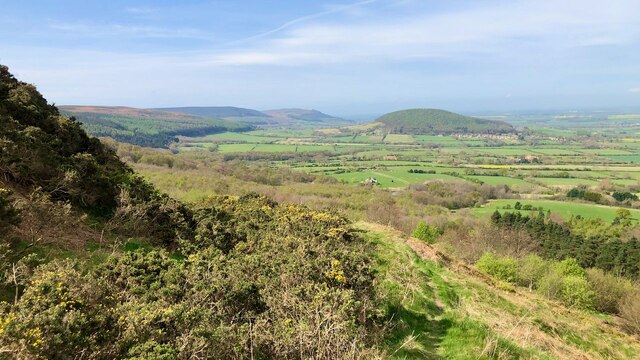
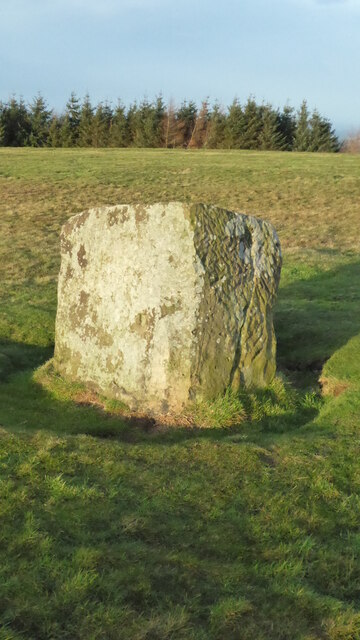

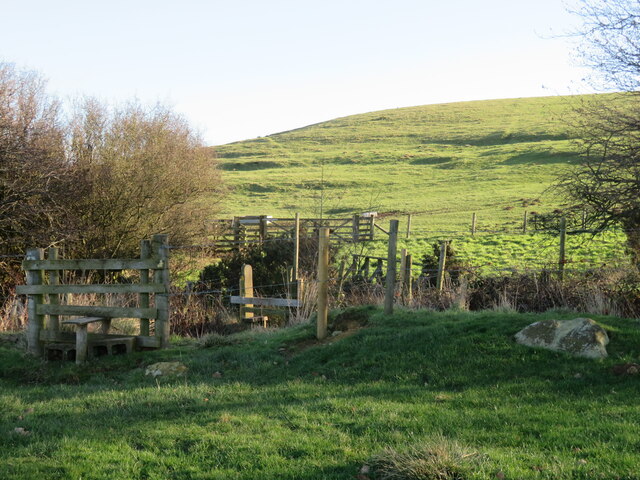
Busby Moor is located at Grid Ref: NZ5203 (Lat: 54.422737, Lng: -1.1878663)
Division: North Riding
Administrative County: North Yorkshire
District: Hambleton
Police Authority: North Yorkshire
What 3 Words
///unwind.tweezers.hunches. Near Stokesley, North Yorkshire
Nearby Locations
Related Wikis
Cringle Moor
Cringle Moor (also known as Cranimoor), at 432 m (1,417 ft), is the third-highest hill in the North York Moors, England, and the highest point west of...
Cleveland Hills
The Cleveland Hills are a range of hills on the north-west edge of the North York Moors in North Yorkshire, England, overlooking Cleveland and Teesside...
Busby Hall
Busby Hall is a Grade II* listed Country House in Little Busby, North Yorkshire, England, close to the village of Carlton-in-Cleveland. The house and parkland...
Carlton in Cleveland
Carlton in Cleveland is a village in the district of North Yorkshire, England, and on the edge of the North York Moors National Park. It is situated approximately...
Great Busby
Great Busby is a village and civil parish in the Hambleton District of North Yorkshire, England. The population of the parish was estimated at 70 in 2013...
Little Busby
Little Busby is a civil parish in the Hambleton District of North Yorkshire, England. It is near the North York Moors and Stokesley. It is pronounced little...
Kirkby, North Yorkshire
Kirkby (historically known as Kirkby-in-Cleveland) is a village and civil parish in Hambleton district of North Yorkshire, England, near Great Busby and...
Faceby
Faceby is a small village and civil parish in North Yorkshire, England. It is at the north-west corner of the North York Moors and near Stokesley. ��2...
Nearby Amenities
Located within 500m of 54.422737,-1.1878663Have you been to Busby Moor?
Leave your review of Busby Moor below (or comments, questions and feedback).
